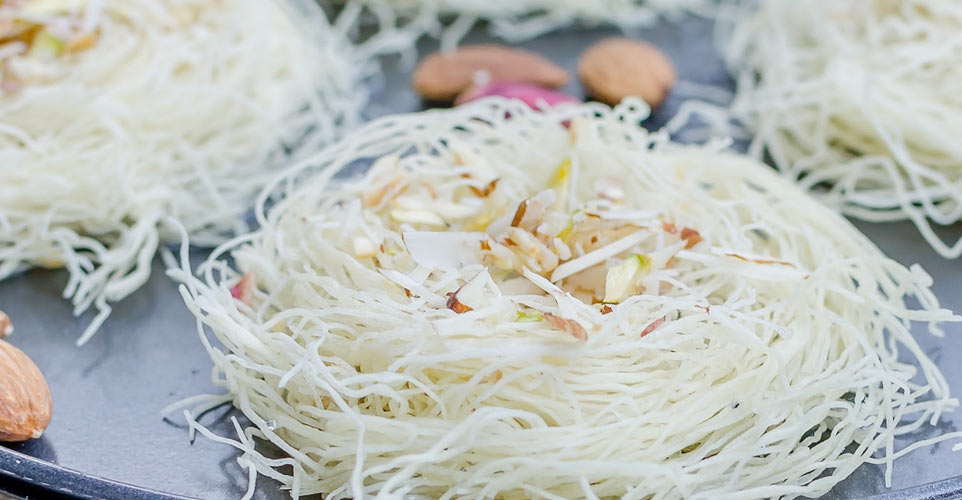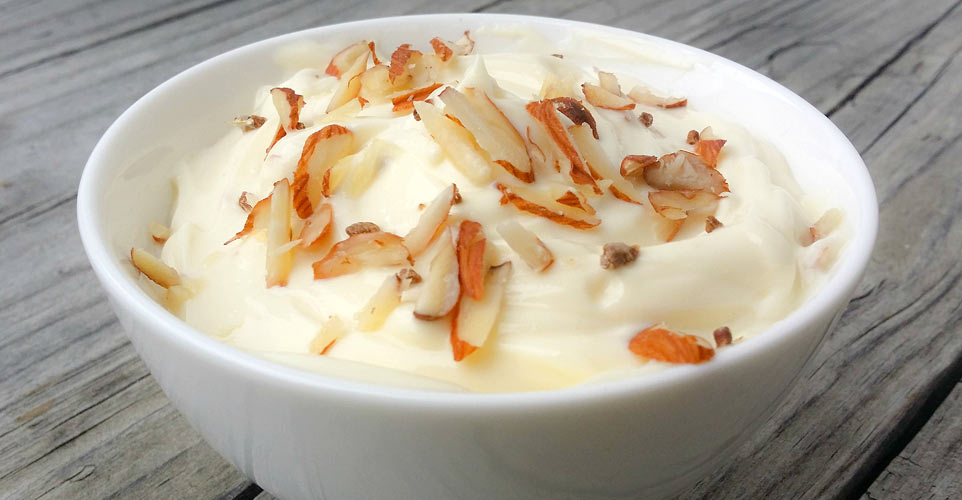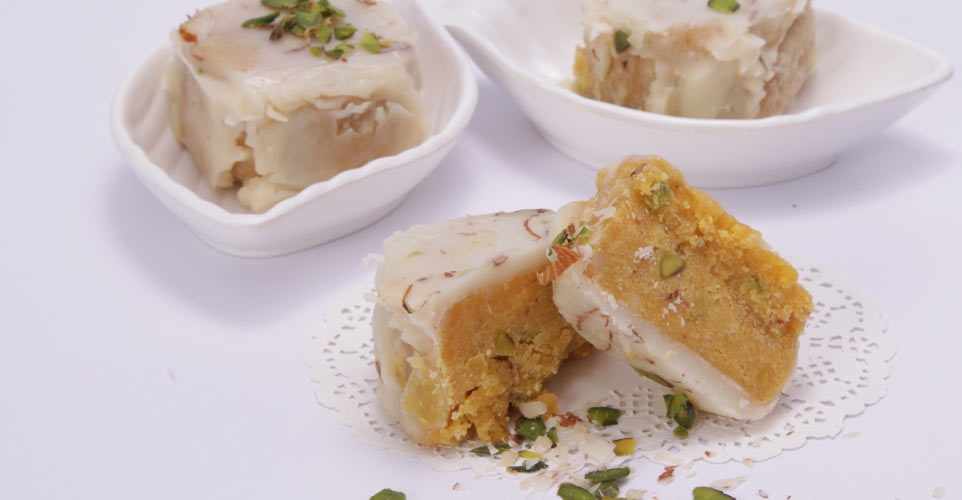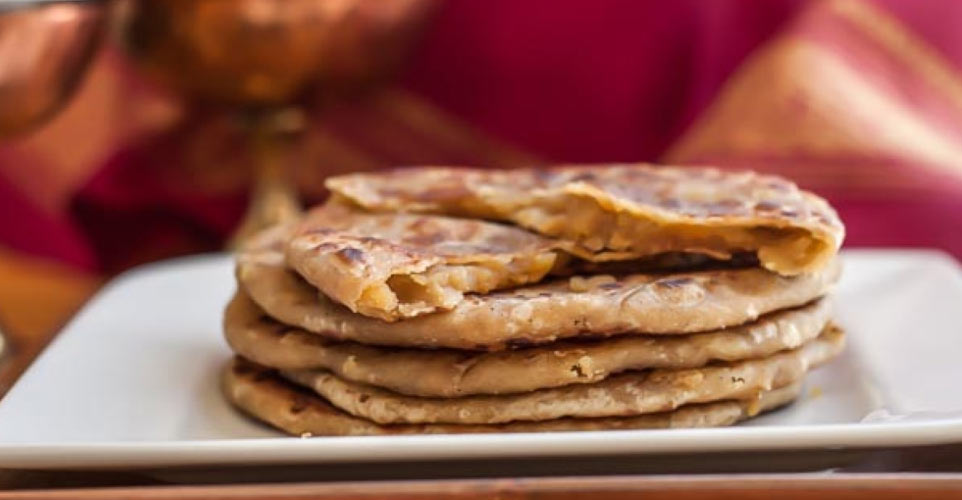Deservingly called the land of fairs and festivals, Gujarat celebrates as many as 3500 festivals a year. With such an array of festivities, a plentitude of food choices comes naturally…
Gujarati cuisine has almost everything—vegetarian, energy-efficient, environment-friendly and highly nutritious, with many subtle tastes. Many Gujarati dishes have a blend of sweetness, a testimony to the Gujarati love for sweets. Traditionally simple and simply exotic is the diverse and delightfully delectable Gujarati cuisine, of which mithai (sweets) is an indispensable component. Let’s taste the tasty sweets, Gujju style!

Gujarati sweets are typically made from ingredients such as local sugarcane, jaggery, milk, almonds and pistachios, savoured every day with an ardent longing. The wide variety includes sweets like sutarfeni, shrikhand, keri no ras, basundi, ghari, puran poli, magas, sukhadi, penda, barfi and shiro, among others.
Shrikhand is one of the main desserts in Gujarati cuisine. It is made of thick and creamy strained yogurt, to which sugar is added and mixed thoroughly, followed by cardamom powder and saffron. Dried and fresh fruits are also added to give it a complementary flavour. Shrikhand is also eaten as a side-dish with breads such as poori (usually khaaja poori, which is savoury, fried flaky bread). It is commonly served as part of a vegetarian thali in Gujarati restaurants and is characteristic of wedding feasts. The dish is served chilled, providing a refreshing counterpoint to hot and spicy curries. A popular variation is amrakhand, which is shrikhand mixed with mango pulp, made homogeneous with a mixer.

Another favourite delicacy among Gujaratis in India and abroad is the traditional Keri no Ras or Aam Ras (mango pulp). Ripe mangoes are soaked in water for a couple of hours to ensure maximum juice production. They are then gently rolled in the palms to soften the pulp into a partially liquid juice. The black sap is removed and the juice squeezed out. The skin is then turned inside out and any leftover juice is scraped off the inner skin. In order to remove any fibrous strands of the fruit and produce a smooth consistency, a blender or food processor is used. Traditionally, thin muslin was used for the purpose. To make sure the delicious nectar is available in the winter as well, the Gujaratis deep-freeze the pulp during the summer months.
Richness of milk is harnessed in the preparation of basundi, a dense, sweetened paste made by boiling milk on low heat for a long time. Dollops of cream are added while boiling the milk to give it a thick consistency. Once reduced to nearly half its original quantity, sugar, cardamom and saffron are added to it. The preparation is brought down to cool and then refrigerated. Embellished with almonds and pistachios, the chilled basundi is a hot favourite in Gujarat.

Ghari or Surati Ghari, its origin being Surat, is a sweet dish made from puri batter rolled into round shapes with sweet filling. Wheat flour is mixed with ghee and milk to bind soft yet firm dough. Pea-sized balls of the dough are rolled out into thin puris. These roll-outs are filled with balls made out of the mixture of heated and dehydrated ricotta cheese and paneer (cottage cheese) and roasted semolina, cooked in condensed milk and sugar, while being continually stirred. The mixture also contains almonds, pistachios, cardamom and saffron. These filled puris are fried in ghee on low heat till a light golden tinge on both sides appears. Set aside for about four hours to cool, the gharis are dipped in light fluffy blend of ghee and sugar. Garnished with flakes of almonds and pistachios, the sweet is ready to be devoured.
Poli is another traditional sweet prepared in Gujarat. Although it resembles a roti, Poli is actually very different. The stuffing is made of boiled lentils and jaggery, and sometimes, white sugar. Finely chopped cashewnuts are roasted in ghee in a heavy-base vessel. Boiled lentils and jaggery are added together to the vessel and the mixture is stirred continually, until the jaggery melts and melds the lentils into a rough mass. Powdered cardamom and saffron are added to this mixture to impart further fragrance and flavour. The stuffing is cooled to room temperature. Meanwhile, soft, rubbery dough is prepared by kneading polished wheat-flour with a little water and a large amount of oil. This is left soaked in oil for a few hours.

On a greased surface, a handful of the dough is patted by hand into a mid-sized circle. A small amount of stuffing is placed at the centre of this dough, which is wrapped around the stuffing to make a ball. This ball is then rolled carefully into a large, thin circular pancake shape, which is then roasted on a griddle, turned over repeatedly until both faces are roasted to a golden burnish and a fragrant aroma is released. The sweet poli is all set to treat your taste-buds.
Simple yet rich, these desserts are vital to the haute vegetarian cuisine of the state of Gujarat. They are easy to make and luscious, and their taste, addictive. So, get ready to become a sweet junkie!
